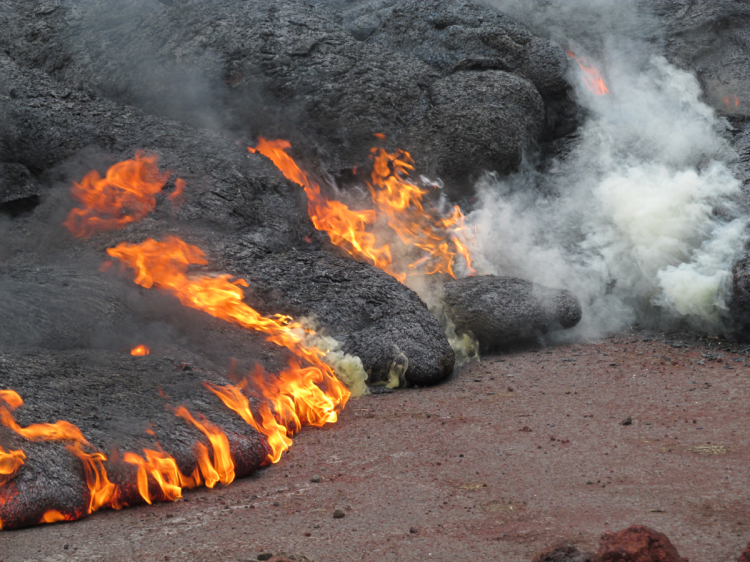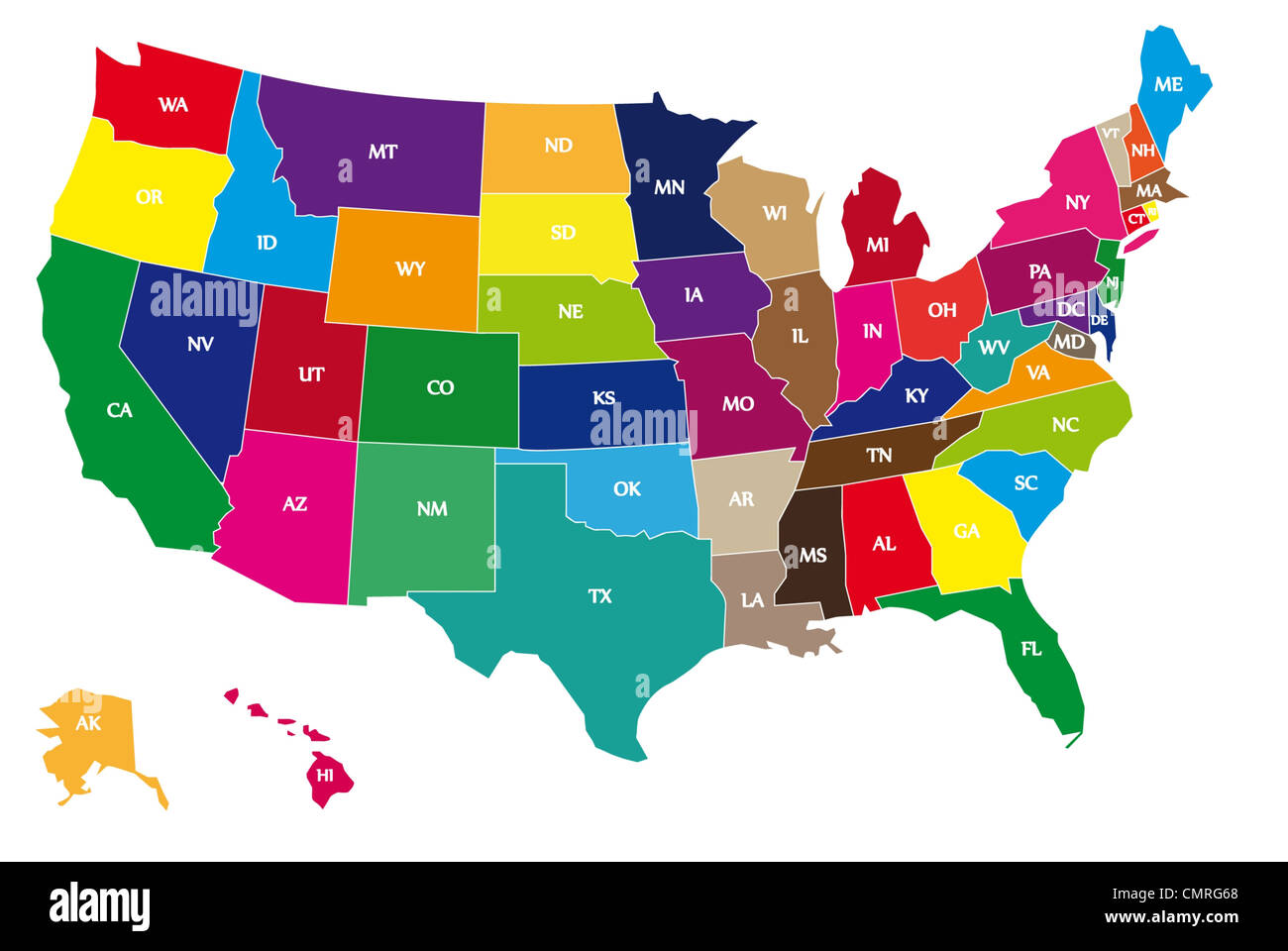
With such a lengthy post today on potentially added costs for single travel/supplement, we decided to extend this post topic to three parts. Tomorrow, we’ll cover precautions for single travelers, whether domestic or international. Please check back for Part 3, keeping in mind that many of these precautions also apply to couples and groups of travelers.
Singles often face additional charges while traveling, primarily due to the price of travel accommodations and packages. Here’s a breakdown of expected extra costs that solo travelers might encounter:
1. Single Supplement Fees
- Hotels and Cruises: Most accommodations are priced based on double occupancy, meaning a solo traveler might have to pay nearly the same rate as two people. This “single supplement” can add 25-100% to a room or cruise cabin cost.
- Tours and Group Trips: This fee is often included in group tours to offset the cost of an unused spot in shared accommodations.
2. Limited Options for Shared Rooms
- Many budget-conscious travelers save money by sharing rooms with friends or family. Solo travelers usually don’t have this option, making private rooms the only choice—and often the pricier one.
3. Transportation Costs
- Car Rentals: Splitting the cost of a rental car or gas with travel companions is not an option for solo travelers, leading to higher per-person expenses.
- Ride-sharing: Similar to car rentals, taxis and ride-shares aren’t shared, so the total cost falls on one person.
- Group Discounts: Many transportation options, like train passes or guided tours, offer discounts only for groups.
4. Meal Costs
- Dining solo can sometimes feel more expensive, as set menu deals or shared dishes aren’t as feasible. Additionally, some regions’ minimum restaurant charges or tipping standards can disproportionately affect singles.
5. Custom Itineraries
- Solo travelers might opt for private tours, guides, or custom itineraries for convenience or safety, which often come at a premium compared to group tours.
6. Limited Package Deals
- Vacation packages frequently cater to couples or families, bundling their prices to reflect double or group occupancy. Finding solo-specific packages can be a challenge.
7. Specialty Travel Insurance
- Travel insurance doesn’t necessarily cost more for singles, but policies may be tailored to individuals rather than families, sometimes lacking the discounts available to groups.
Tips to Minimize Extra Charges
- Seek Single-Friendly Deals: Some companies specialize in solo travel and waive single supplements. Examples include Solo Traveler World or companies like Intrepid Travel.
- Book Shared Accommodations: Hostels, shared Airbnb stays, or co-living spaces can provide affordable alternatives.
- Look for Off-Peak Deals: Traveling during less popular seasons might help avoid extra fees.
- Join Travel Communities: Partnering with other solo travelers to share costs, such as through forums or Facebook groups, can help.
While these extra costs can feel like a penalty for wanting to explore the world solo, with strategic planning, they can often be reduced—or avoided entirely!
Be well.
Photo from ten years ago today, November 19, 2014:
 |
| “Another boring day in Paradise.” Ha! No boredom here! For more photos, please click here. |
























